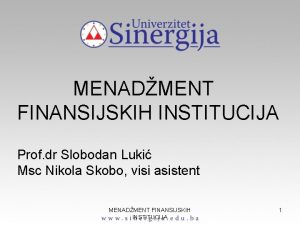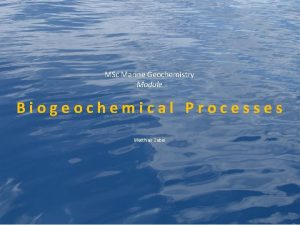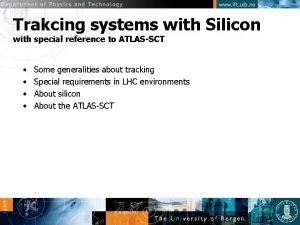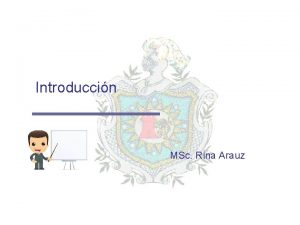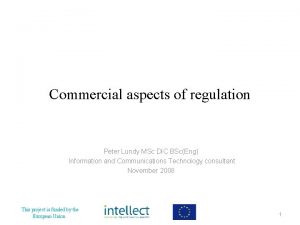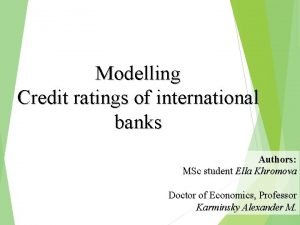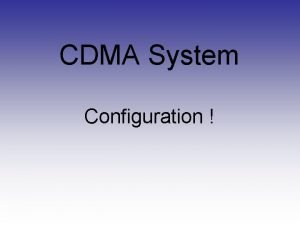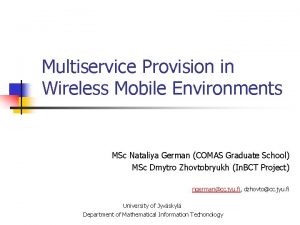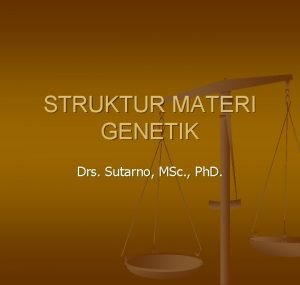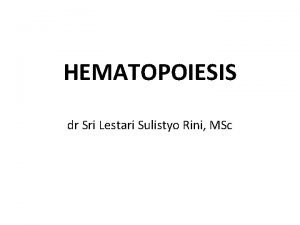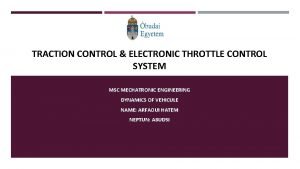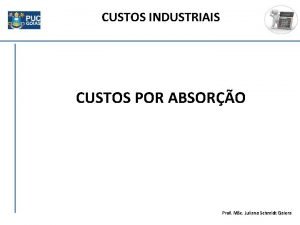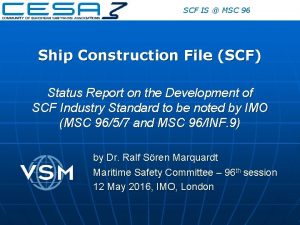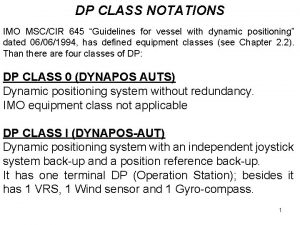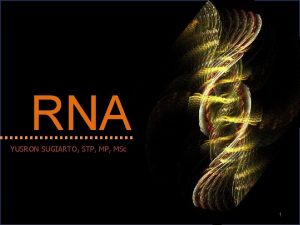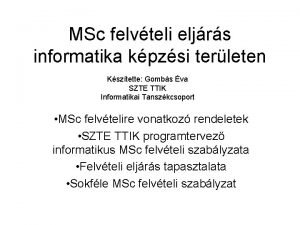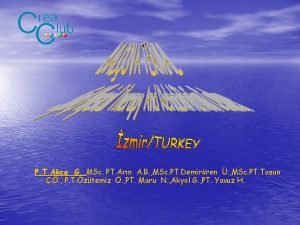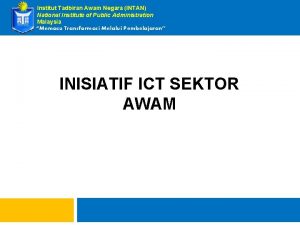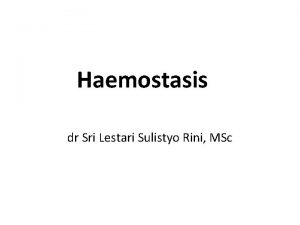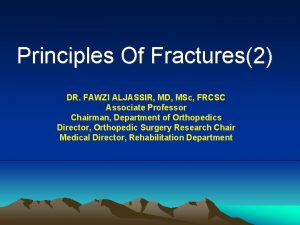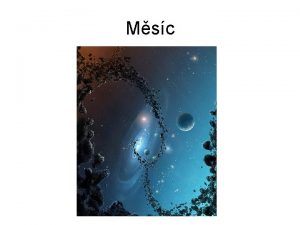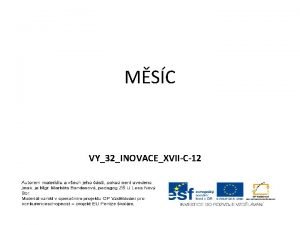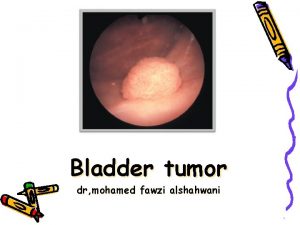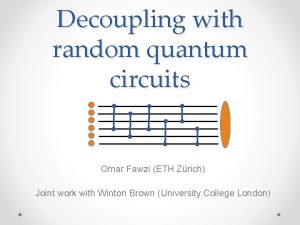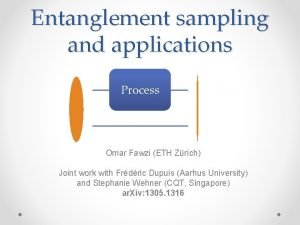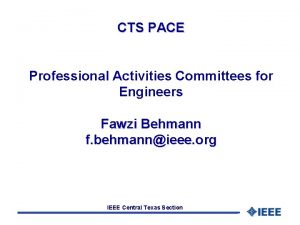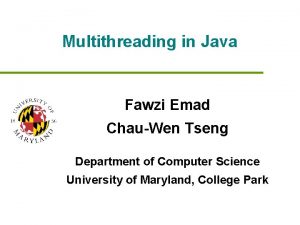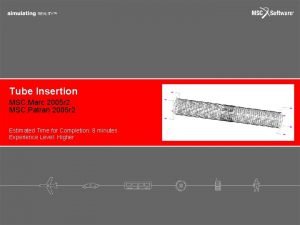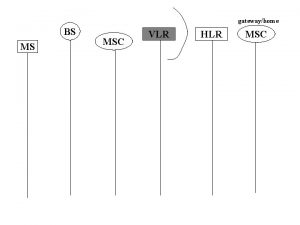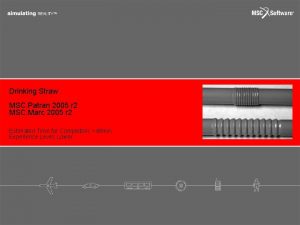Principles Of Fractures1 DR FAWZI ALJASSIR MD MSc







































- Slides: 39

Principles Of Fractures(1) DR. FAWZI ALJASSIR, MD, MSc, FRCSC Associate Professor Chairman, Department of Orthopedics Director, Orthopedic Surgery Research Chair Medical Director, Rehabilitation Department

Introduction. • Defintions. • Mechanisms. • Diagnosis. • Classification. • Fracture healing.

Fracture: Break in the continuity of bone

Defintions. Incomplete Complete

Defintions. • Closed fracture (simple). • Open fracture (compound). • Complicated fracture.

Defintions. • Closed Fracture (simple ): Does NOT communicate with external environment

Defintions. • Open Fracture (compound ): Communicate with external environment Infection !!

Defintions. • Complicated Fracture: Associated with damage to nerves, vessels or internal organs

Defintions. • Dislocation. • Subluxation. • Fracture disloction.

Defintions. • Dislocation: Complete separation of the articular surface. Distal to proximal fragment Anterior, Posterior, Inferior, Superior

Defintions. • Subluxation: Incomplete separation Joint Function in Anatomical position Only

Defintions. • Fracture Dislocation: Association! Always X-Ray Joint Above and Below

Defintions. • Pathological Fracture: Fracture abnormal bone Cyst, Tumour, Infection

Defintions. • Pathological fracture.

Mechanisms • Amount of Force: * Trivial force = Pathological * Magnitude = Non-pathological • Direction of Force: * Direct Force * Indirect Force

Mechanisms Indirect Force On Long Bones: 1) Twisting Force Spiral Line

Mechanisms Indirect Force On Long Bones: 2) Angulating Force Transverse pattern

Mechanisms Indirect Force on Long Bones 3) Angulating + Axial compression Transverse line + Triangular “Butterfly”

Mechanisms Indirect Force on Long Bones 4) Angulating + Axial compression + Twisting forces (short oblique pattern)

Mechanisms Indirect Force On Long Bones: 5) Vertical compression comminuted

Mechanisms Direction of Force On Cancellous Bones: Direct OR Indirect Comminuted Pattern Burst

Mechanisms Force due to Resisted Muscle Action: “Avulsion” Transverse pattern

Diagnosis I- HISTORY II- EXAMINAION A- General B- Local III- INVESTIGATIONS

Diagnosis I- HISTORY 1) Trauma * Pathological (trivial) * Non-pathological ( magnitude) 2) Mechanism * Fall from height, * RTA, pedestrian, Driver…. ?

Diagnosis I- HISTORY 3) Complaint: a) Pain sharp, increase by movement, Not radiating b) Loss of Function c) Deformity d) Symptoms of complications e) Other organs: head, chest, abdomen

Diagnosis II- EXAMINATION A- General examination B- Local examination

Diagnosis A- General examination : 1) Signs resulting from fracture or trauma: a) Vital signs, Shock A, B, C b) Associated Head, Chest, Abdomen 2) Signs related to cause of fracture: Pathological # …CA Lung, Prostate. .

Diagnosis B- Local Examination • • LOOK : Skin damage, deformity, swelling FEEL : Localized tenderness MOVE : Abnormal movement, crepetus DO : a) Special tests : Circulation & Nerves b) Measurements : shortening [Always compare]

Diagnosis INVESTIGATIONS X-RAY: A- Essential requirements: 1) Two views AP & Lateral. 2) Two joints Above & below #.



Diagnosis INVESTIGATIONS X-RAY: B- Occasional Requirements * Two Limbs “ Compare “ * Two Occasions “Scaphiod” * Special X-rays Stress, CT. .

Diagnosis

Diagnosis C- Description of X-ray : 1) Situation : side, site, localization 2) Pattern : line of fracture 3) Displacement : a) Shift : lateral, medial, anterior, posterior b) Tilt : angulations c) Twist : rotation , internal, external d) Shortening: overriding, impaction


Repair of Fracture A - Primary repair • • With Rigid Internal Fixation No Callus formation Active Haversian remolding Long time

Repair of Fracture B - Secondary Repair • Without rigid fixation • Commonest type even with I. F. • Stages :

Repair of Fracture

Time Factor- Perkin’s formula Union Upper limb Consolidation Spiral 3 Transverse 6 Lower Limb Spiral 6 Transverse 12 6 weeks 12 = 12 24 = = Children Half this time is needed
 Msc marianna
Msc marianna Bsc and msc in telecom
Bsc and msc in telecom Prof msc
Prof msc Msc marine biogeochemistry
Msc marine biogeochemistry University of birmingham msc international business
University of birmingham msc international business Msc agriculture
Msc agriculture Trakcing
Trakcing 2vision msc
2vision msc Msc finance and banking tor vergata
Msc finance and banking tor vergata Vdoe msc
Vdoe msc Msc sirkka
Msc sirkka Msc
Msc Almacenes msc
Almacenes msc Msc direccionamiento
Msc direccionamiento Msc ida ii
Msc ida ii Msc dic
Msc dic Msc credit rating
Msc credit rating Msc eir
Msc eir Msc pelago
Msc pelago Struktur msc
Struktur msc Scan barcode msc
Scan barcode msc Dr sri lestari
Dr sri lestari Jma msc
Jma msc Nazvn
Nazvn Msc
Msc Msc definition
Msc definition Msc circular 1206
Msc circular 1206 Plasma kallikrein
Plasma kallikrein Solid-state lighting (ssl)
Solid-state lighting (ssl) Msc olga
Msc olga Dp class
Dp class Dogma msc
Dogma msc Msc finance grenoble
Msc finance grenoble Meteorological satellite center of jma
Meteorological satellite center of jma Msc pontszámítás
Msc pontszámítás Msc sandra
Msc sandra Msc.252(83)
Msc.252(83) Aka.msc
Aka.msc 7 aplikasi perdana msc
7 aplikasi perdana msc Msc rini iii
Msc rini iii


